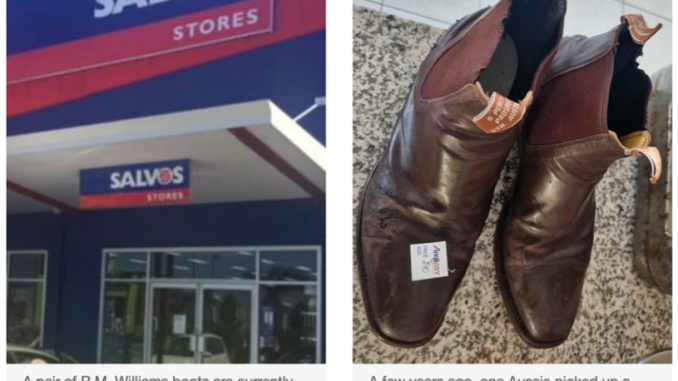
“Op shops used to be international students’ secret wardrobe for affordable fashion, however it now seems that the wardrobe is locked behind a luxury price tag that they can’t reach.”
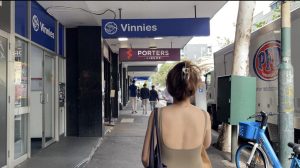
The $400 Wake-Up Call
Things start from a a pair of R.M. Williams boots at Salvos, priced at $400.
Chloe, an international media student at the University of Sydney, used to be a fashion-lover. After she coming to Australia, she found out op shops like Vinnies and Salvos.
“At first it was just to save money,” she says. “Then I realised it was helping the environment too.”
Chloe, from China went to Sydney two years ago for a master degree in media. She came with a limited budget and a luggage full of fast fashion, like a lot of foreign students. But as she quickly got used to living in a new country, her view changed. She says, “After reading about textile waste, I realized I had too many clothes I didn’t even wear.”
“Thrifting seemed like a way to change that attitude.” She added.
Living in student accommodation near the city, Chloe quickly found local op shops to be both practical and inspiring. “It was exciting at first. I’d find something unique for under $10, and it felt like I was doing something good for the planet,” she recalls. But now, as prices climb, the joy has faded somewhat. “It makes me question whether sustainable fashion is only for people with more money.”
” That’s literally two weeks of my ramen budget,” the 24-year-old international student tells me, shaking her head as she scrolls through the viral Reddit roast of the overpriced items.
“$35 for such a thin second-hand sweater?” she mutters. “I came here because I couldn’t afford fast fashion… now this literally feels the same!”
Op-shop, referring to “opportunity shop”. These shops were supposed to be places where Chloe and other economical students could discover reasonably priced fashion while helping the earth. But that promise feels terrible when she looked at the post.
The irony as strong as the dust on some of these overpriced “vintage” things, she asks aloud, “When did ‘opportunity’ become code for paying such high prices for free-donated stuff from others?”
“$400 boots aren’t ‘opportunity’,” Chloe says, “neither does $35 second hand sweeter, which I can buy a brand-new one in Kmart even within$30!”
As she leaves empty-handed again, Chloe sighs: “Guess it’s back to SHEIN for me.”
When Donations Meet Demand
Second-hand goods’ pricing strategy isn’t random. A local Vinnies staff member who asked to remain anonymous explained that staff members have flexibility even if there is a general pricing range.
She said, “We do have a price guide, but each employee is free to apply their best judgment. If I see something that looks like a designer item and others didn’t notice, I might raise the price myself.”
Also, prices are different in different op-shops, according to their suburb and customer base. There are many famous second-hand fashion shop business in Sydney, and their operating model varies.
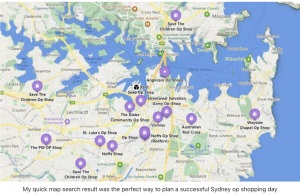
“Each store sets prices based on the area. Wealthier neighbourhoods usually get better donations, and the customers there are able to pay a bit more.”
What’s Behind the Price Tag?
Matt Davis, who is the national director of Salvos Stores Australia, said that shoppers have noticed a shift. “Shoppers are 100% correct when they say that things have changed when it comes to more expensive items.,” he told SBS. “You’re not necessarily getting those for $5 or $10 like you might have 10 years ago.”
The rise in prices, Davis explains, reflects the same economic pressures faced by most businesses. “Our rent’s going up, our waste disposal costs are going up, which means all the things taken to run the business are under pressure.”
Others in the industry argue that the purpose of these stores is often misunderstood. A viral Reddit post about overpriced op-shop items sparked heated debate, with one user pointing out:
“There’s a subtle distinction you’re missing here. They’re a charity to others in crisis, facilitated through the generation of funds from buyers. They’re not a cheap clothing-for-the-masses charity.”
Comment
byu/Mollyflorencefarmer from discussion
inaustralia
♻️ Eco on a Budget?
Despite rising prices, Chloe continues to donate clothes. “Even if they’re sold high, I hope they help someone. But sometimes I’d rather swap or sell them myself.”
“But it feels better to get a small return or exchange. It still supports sustainability, just in a different way.”
Helen, another international student living in Sydney, who is an environmentalist, also notes the shift in her behavior. “Before, I would donate and shop at op shops with no hesitation. Now, I sometimes prefer alternative platforms.”
Helen and Chloe are not the only exception.
Their story questions the whole op-shops in Australia and a growing concern for young Australians:
“when even second-hand fashion feels unaffordable, how can sustainable living truly be inclusive?”
For Chloe and others like her, the solution lies in a broader conversation—not just about consumption, but about fairness, accessibility, and the future of ethical fashion.
💬 Join the Conversation
Have you noticed the price hikes at op shops? Are you still able to shop second-hand or has the cost become too much? Join the conversation by commenting below or tagging us with #ThriftShift on social media.



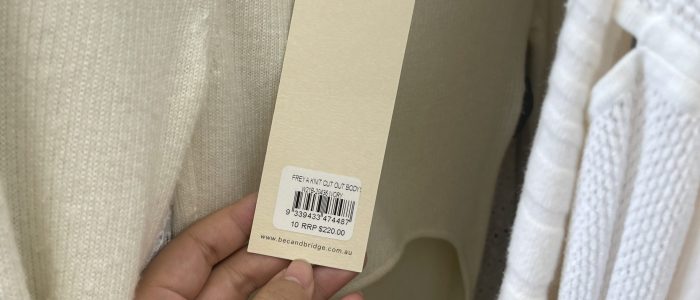
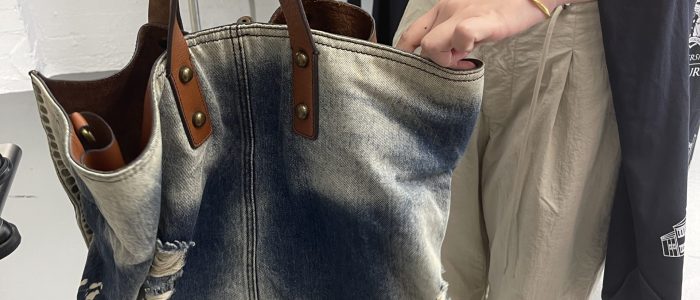

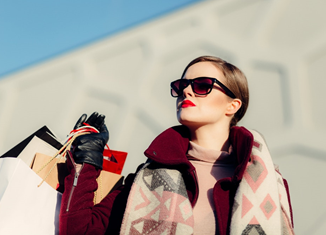

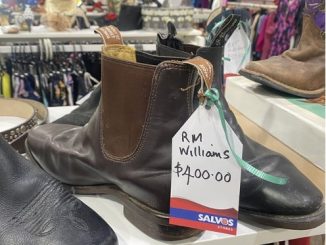
Be the first to comment